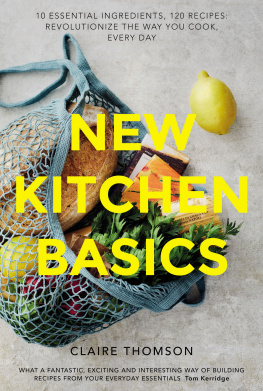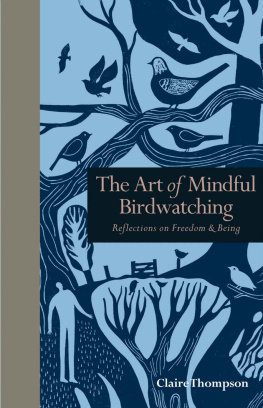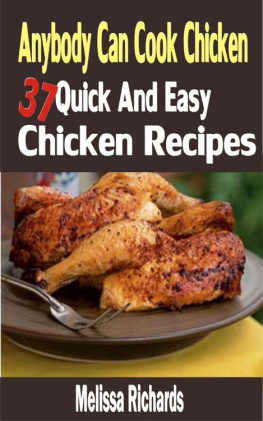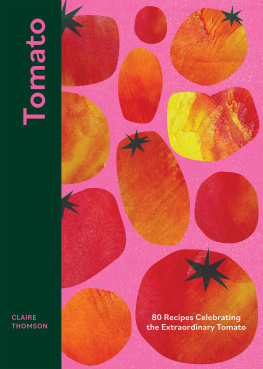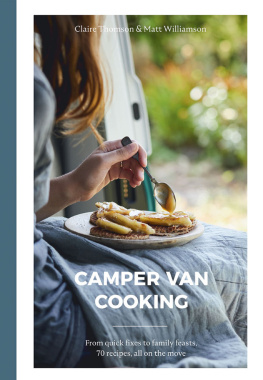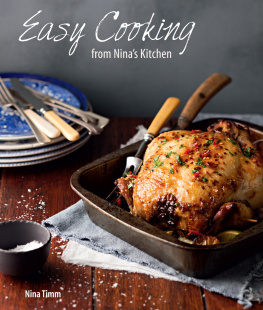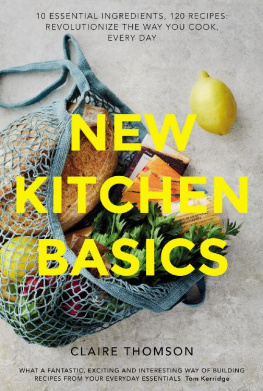CONTENTS
My brother and I loved spaghetti Bolognese, and so did my dad. I remember Dad telling me about the spaghetti he ate in Italy with an old girlfriend, before my mum, before children, when he had ridden a beaten-up old motorbike from London to the South of France before ditching it, broken beyond repair, in a hedge and catching the sleeper train through to Rome. In my six-year-old imagination this information dovetailed with a battered black-and-white photograph of a young man in a polo-neck, standing in a city that looked very different from any I had visited; an incongruous Scotsman in search of pasta it seemed so glamorous.
At the time he told me this story, we lived in Botswana. My brother and I were born in Zimbabwe and my parents met and married in Sydney, Australia. Sierra Leone, Mozambique, Seychelles, New Zealand, Germany and even the Isle of Wight all featured in the tales Mum and Dad told the two of us about the various countries where they had lived and travelled. It is of little surprise, then, compounded no doubt by the awe I had for my parents, that spaghetti Bolognese was one of my most anticipated childhood meals. I am sure that my mum, if asked, would agree that she cooked this dish nearly every week, all year round. Yet it still felt like an exotic, international supper. This was the 1980s and from that point onwards (everywhere that I spotted it, in any case), spaghetti was invariably served as a nude tangle, with the sauce (fine dice of carrot, glossy rich red-brown) piled on top with plenty of grated Cheddar cheese. I dont think we were a sauce-mixed-through-the-pasta type of family (nevermind Parmesan!) until my teenage years. This was likely around the time that we for I was also cooking at home by now began to eat pasta dishes that didnt always end in Bolognese; leeks, ham, crme frache, with tagliatelle no less, became the new go-to. A brave new world was wolf-whistling.
Food must be in my chromosomes, as it provides the essential ingredients for how I form memories. Meals are the pivot by which I remember the other stuff of life. I can pinpoint flavours, dishes and recipes in almost all of my memories, from way back. The barbecue we had in the Kalahari Desert in 1986 when my dad and his friend had taken us in the back of a pick-up truck to watch Halleys Comet rip across the night sky. (Ill be 81, looking up, scanning the sky, the next time this happens.) The boiled ham, peas and potatoes cooked by my granny, which my brother and I used to hate and would stuff behind the huge dresser in the dining room; all the while, my grandfather would be whistling, sliding slim wooden ships into tall glass bottles next door in his workshop. The mashed strawberries and whipped cream in a Garfield Thermos flask (strange, these things that stick) that my friend used to bring to primary school as part of her packed lunch so cool, so different from everyone else. Brittle, crystalline pieces of fudge bought with pocket money from the post office when on holiday in Lower Largo, Fife, Scotland. Even the Spud-U-Like baked potatoes that my big brother used to so revere when we moved to London from Africa. Also, I can vividly remember the taste of the cheese omelettes my mum would make for just the two of us when my brother had left home and my dad had gone to live another sort of life on a boat in Sri Lanka.


that they can call their own. I want these recipes to be different from the stalwarts of my youth, not because those werent great and we didnt appreciate them we still do. Its more that we know these recipes off by heart; they need no introduction, their status is unswerving, pretty much unshakable. I want to do the shaking.
What are the New Kitchen Basics? What dishes are we all so bored with cooking that they need new representation in the kitchen? If not spaghetti Bolognese, then what? In this cookbook I dont intend to trample on your favourite family recipes. Instead, like the feeling you might get from a wearing a new item of clothing a bit snappy, more confident these New Kitchen Basics are intended as a boost, a canny arsenal of recipes to arm you and your kitchen. And, with the supermarkets telling us that chorizo, noodles, nam pla and miso are all flying off the shelves, with recipes for burritos and katsu curries widespread in the food media, are we well enough equipped to navigate this gastronomic maelstrom? Do we need a collective cookery reboot? What is the new normal and do we necessarily want one? I am assuming so; I certainly hear, I just cant think what to cook, from many people, most days.
Amid the tropes of Quick & Easy, 5 Ingredients, In Minutes in essence, what we surely all hanker for is for food that is generous. We want recipes to throw the kitchen door wide open on the world, embracing everything that is good and grown or reared with principle, to exclude and ostracize nothing in the name of faddish eating. We want the food we cook to be economical and realistic and for the food we eat to be uncompromisingly satisfying.
I do believe there is a sense of disconnect between the food we voraciously look at and read about in the furore of modern food media, and the ingredients with which we all still faithfully fill our trolleys. Pasta, chicken, mince, tomatoes and potatoes I give you 10 basic ingredients in this book. Anchored by the practical, I want this cookbook to give a new lease of life to your most trusted ingredients and for it to help you to flex your culinary muscle with the more unusual ingredients that have found favour in recent times.
New Kitchen Basics is a straightforward recipe directory for the contentedly greedy and the curious. It is for anyone at a loss as to what to make for dinner.

New Kitchen Basics is my shot at writing a useful cookbook to spearhead the contemporary diet. Convenient, practical recipes to help redefine what we all cook at home. Grand ambitions. If anything, Im in for a penny and gunning for the pound. Time, budget and culinary acumen will all determine the food we want to cook and eat at home. Its a bit of a tightrope, and I dont want to preach. With this in mind, the focus of this chapter is chicken. Far from ordinary, chicken is iconic. A good free-range bird, roasted whole, with blistering skin, is absolutely a thing of beauty. Adored by almost everyone I know and have cooked for, roast chicken is a seminal meal that should stop you in your tracks knife and fork, glass of wine, empty plate but, it should also demand just as much of your attention two more meals after the first. The leftover meat, including every last juicy, sticky scrap, however infinitessimal, is prised from the carcass and will go on to be given another lifeline in a pie, risotto, curry, braise or late-night sandwich. With the chicken long gone, and two meals down, you should be then left with a stark frame to begin work with yet again.

